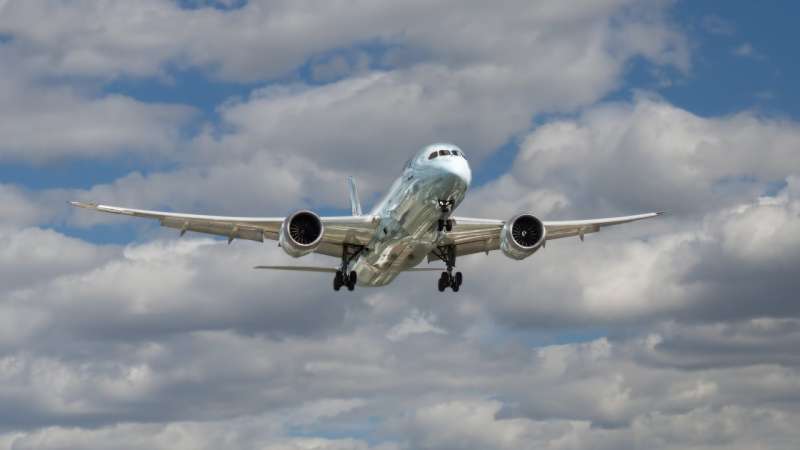Scientists have developed high-strength material for aircraft industry

Scientists of the Far Eastern Federal University (FEFU) and the Russian Academy of Sciences (RAS) have designed a new, high-strength ceramic material that can withstand prolonged exposure to supersonic airflow at temperatures above 2600°C.
With such characteristics, the material can be used in the aviation industry for aircraft nose cones and wings.
The new material was synthesized from a compound of hafnium diboride (HfB2) mixed with nanocrystalline silicon carbide (nc-SiC) using sol-gel and spark plasma sintering technologies. The strength of the ceramic composite was tested under the influence of supersonic airflow by means of a high-frequency induction plasmatron. After the 40-minute exposure to the supersonic airflow, the ceramic sample its mass loss was only 0.04 percent. The thickness of the oxidized layer under these conditions was 10 to 20 micrometers. Also, there was no formation of fields of low SiC content. The experiment confirmed the high durability characteristics of the composite.
"High-tech ceramics is very promising for industrial applications. The material can be used for the structural basis of nose cones and sharp edges of aircraft wings, which undergo significant temperature fluctuations during super-speed heating (up to 2600 ° C)," said Evgeniy Papynov of the Laboratory for Nuclear Technologies at FEFU School of Natural Sciences.
Provided by Far Eastern Federal University


















